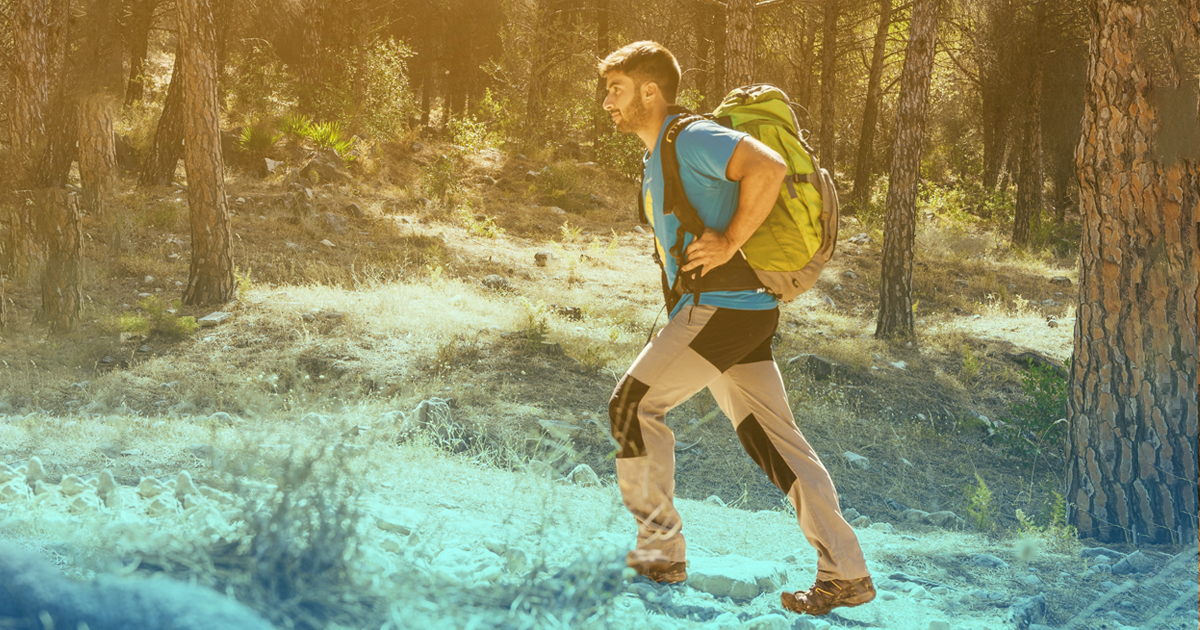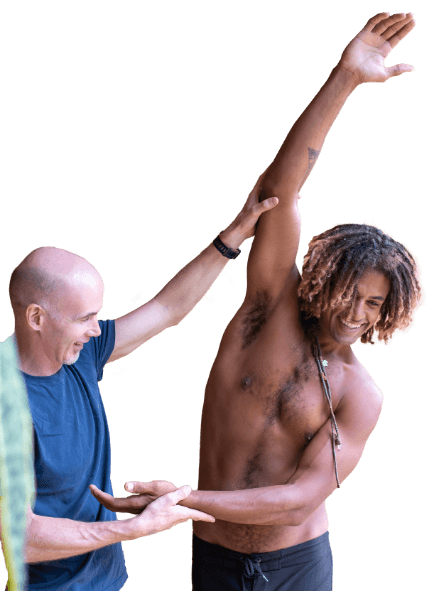
Are you tired of dealing with the fatigue that comes with persistent back pain or struggling with scoliosis? A solution may be as simple as changing the way you walk. This comprehensive guide will explore how incorporating specific walking techniques can alleviate discomfort and improve your overall spinal health.
Most people with back pain find walking tiring quickly, indicating that their walking technique could be more efficient. The reason for this is how our bodies are designed to move. Proper walking is all about getting the right joints to move in the right order and at the right time.
One of the most significant joints in the body is the hip. If the hips aren’t working well, the rest of the body struggles to compensate, pushing movement up into the lower back and putting strain on the upper back. This transference of movement particularly affects the L5-S1 joint, as it is the smallest joint that is close to the hip. By focusing on improving hip mobility, we can unlock the key to more efficient and pain-free walking while taking pressure off your lower back.
When we walk, our hips are meant to have a natural sway, a movement that is often understated in many cultures. This means that wiggling your hips is usually frowned on. However, this way is essential for maintaining good foot, knee, and hip health. The body naturally stops hip movement if you are injured or have joint pain, like arthritis, but this comes at a cost. When this natural sway may be absent, it can lead to a stiff, rigid walking pattern, which is inefficient and leads people to fatigue more quickly.
To restore the natural sway in your hips, try this simple exercise:
Start by stepping forward with one leg (like taking a first step) and then putting the opposite hand forward. For example, step your left leg forward and put your right arm forward. This is the basic set-up for walking.
Push your hip down on the side of the rear leg, hiking up on the other. This will create a lateral tilt to your pelvis, along with a slight rotation and extension.
Take the next step forward and repeat the movement, alternating sides as you walk. Imagine you are a catwalk model, and you have to move your hips. Keep your head up and chin tucked in. If that doesn’t work for you, google Olympic Speed walking, and you’ll get an idea of the hip movement I’m talking about.
I show exactly how to do it in this video:
Perform this exercise for 10 meters, then return to your regular walking pattern. Repeat this sequence several times during your walk. Over time, you’ll notice your walking becoming more fluid, and you may experience reduced back pain and scoliosis-related discomfort as your hips loosen up.
Incorporating these walking techniques into your daily routine can profoundly impact your spinal health. Commit to practicing the hip sway exercise for 4-6 weeks, and you should notice a decrease in fatigue while walking, increased mobility in your hips, and potentially less pain in your knees or ankles.
If you have specific concerns or would like personalized guidance on managing your back pain or scoliosis, I invite you to send me a message via the Contact Us page or connect with me directly via email, Instagram, or Facebook. We can create a tailored plan to help you achieve your goals and live a healthier, pain-free life.
Remember, small changes in your walking habits can significantly improve your overall well-being. Embrace the power of proper walking techniques and take the first step towards a healthier, more energetic you.

Over the last 10 years Ed has been building a YouTube library to help people manage their own pain or movement limitations and increase performance through exercise. He regularly adds videos so be sure to subscribe and visit regularly


"Oh My Gosh- I am ALREADY feeling relief after a few days! I used to wake up 2-3 times a night with shooting pain that anti inflammatories couldn't touch. Now I have been waking up just because I want to notice what it feels like to lay in bed pain free- THANK YOU!."

"When I first started with your program I was experience a lot of pain. Walking was difficult. I had to stop and catch my breath every few minutes and lean against a wall for support. Now when I walk with my husband we go for over an hour. I never had to sit down and stop...and, hardly any pain!!! 😊😊 I can’t thank you enough."
Frustrated that you aren't recovering fast enough?
Discover how to heal from illness and injury using movement, food and lifestyle.